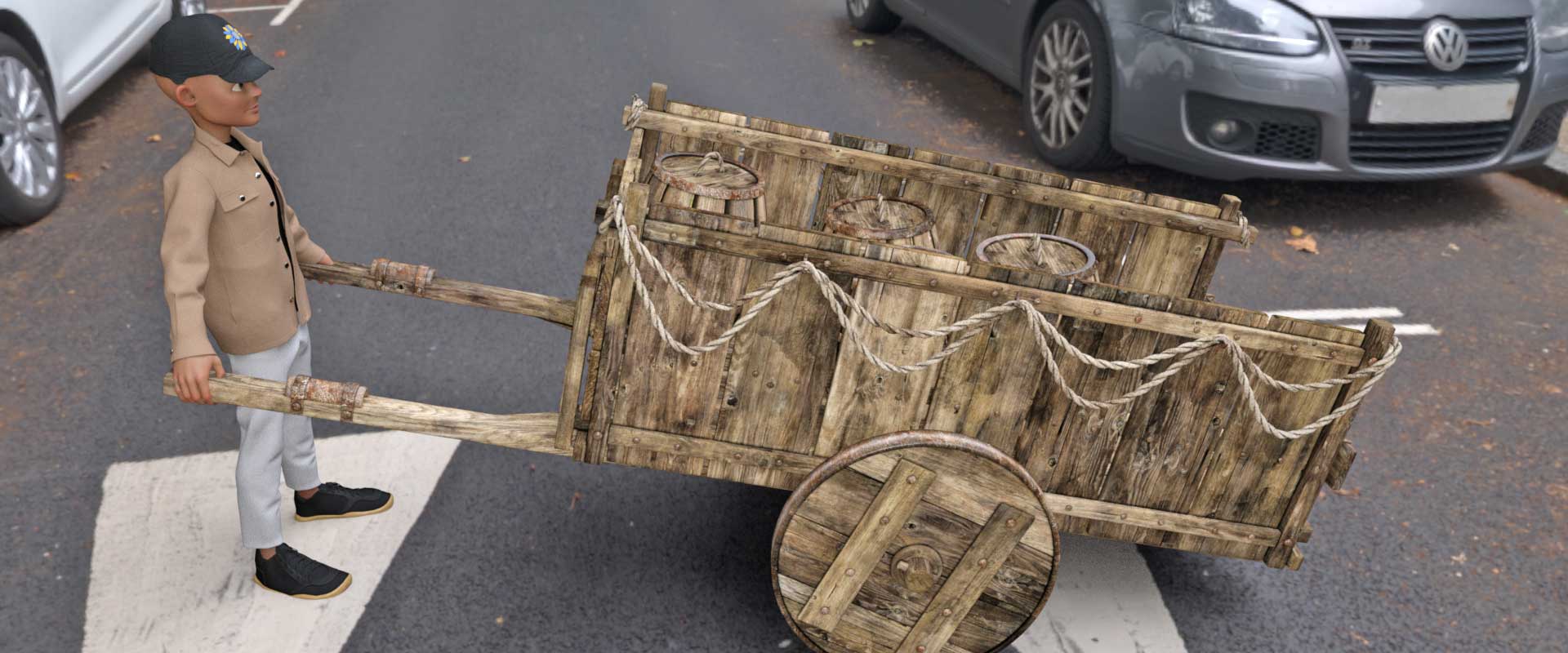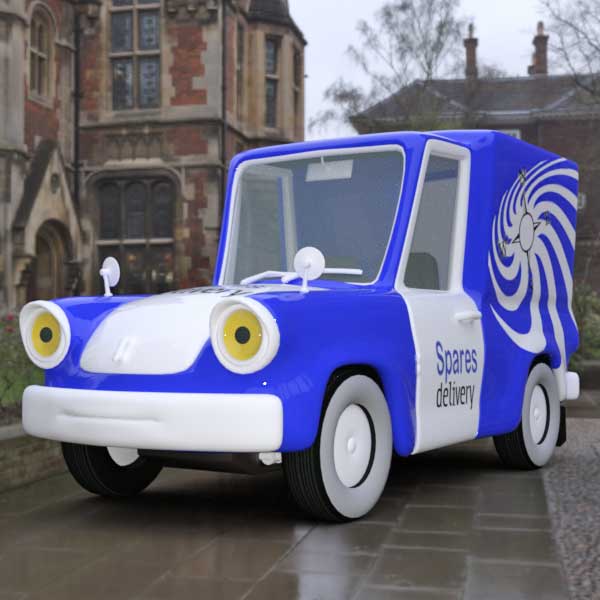

We are all used to taking companies like Amazon or Deliveroo for granted; not to mention their friendly delivery drivers (insured by specialist courier insurance companies like refusedcarinsurance.com); but delivery services have been an essential part of human life for centuries, with people needing to transport goods and items from one place to another. In Britain, the industry has a rich history, with advancements in technology, and transportation methods, leading to new innovations and improvements in the way goods are carried.
During the Roman era, delivery methods in this country were vastly different from what we know today; the empire was known for it's impressive infrastructure, and many of the transportation methods that were established during this time have helped to shape how we do things, right up to the present day.
Their army played a significant role in consignments during this time; they were responsible for taking them to different parts of the empire, and they would often use carts and wagons for this purpose. Soldiers were also responsible for building many of the essential roads and bridges.
Romans were also excellent seafarers; they had a large navy that was responsible for transportations from one part of the empire to another, using ships that were designed specifically for this purpose.
One of the most important commodities in the world is, of course, food: and the Romans were renowned for their agricultural capabilities, so vast quantities of it were moved by land or sea. Large warehouses were used to store the provisions until they were needed.
This period was defined by a feudal system; land ownership was the main source of wealth, and most of the population lived in rural areas. Delivery of goods and services were focused mainly on local trade, with most of them being made by (often) slow and cumbersome horse-drawn carts or wagons, often loaded with goods such as textiles, food, and building materials, travelling between towns and villages. Forget about schedules; roads, where they existed, were in a poor condition, and the weather was the main dictator of when (or even if) they would arrive at their destinations.
This was a common method of distribution; rivers and rudimentary canals were used to transport goods, often over long distances, and many towns and cities were built along these waterways. Boats and barges, powered mainly by oars or sails, carried wares such as textiles, food, and building materials.
Packhorses were also a common method of delivering goods during the Middle Ages. These horses were used to transport goods between different parts of the country, and they were often used to transport goods to areas that were inaccessible by road.
For trading between areas that were inaccessible by road, they were typically loaded with goods such as textiles, food, and building materials, and they were led by a handler. These people would often travel long distances with their heavily laden animals; and whilst this may seem primitive by our standards they were surprisingly efficient, since these sure footed animals could tackle even the most difficult terrain.

Many things changed dramatically; in particular, the introduction of new technologies and transportation methods transformed the way goods were distributed; transport became faster, more efficient, and (perhaps most importantly) cost-effective.
The railways were a game-changer. They could transport goods far more quickly (very important for perishable items like foodstuffs), over longer distances; and their capacities were also much higher than even the canal boats, meaning that larger quantities of goods could be transported at once. This meant that businesses could distribute their products further, and faster, and more economically; and so more consumers could afford to buy finished goods, which meant that trade could increase dramatically.
The railways were also (at least partly) responsible for the growth of cities and towns by allowing people to travel further and faster, making it easier for them to commute to work or to visit other places. This led to the development of new settlements, both domestic and industrial, close to the tracks, which resulted in yet more economic growth.
The railways were also (at least partly) responsible for the growth of cities and towns by allowing people to travel further and faster, making it easier for them to commute to work or to visit other places. This led to the development of new settlements, both domestic and industrial, close to the tracks, which resulted in yet more economic growth of industries such as textiles, steel, and coal mining.
Sailing ships has been the main driver of Britain's worldwide trade; but they were reliant upon wind and weather, and so (despite the existence of fast clippers carrying valuable cargoes like tea) were fairly slow. Steamships changed all that; they were faster and more efficient than sailing ships, and they allowed for goods to be transported across the seas, far more quickly and efficiently. Britain's world trade boomed.
It is doubtful if Gottlieb Daimler really understood what an enormous difference he was going to make to trade in Britain! The introduction of the motor vehicle transformed our delivery industry. The first motor vehicle was built in 1885; and by the early 20th century, motor vehicles had become a common method of delivering goods.
We have now got quite used to having strawberries airlifted to England at Christmas ((with due thanks to Mr Freddy Laker) and having airmail delivered to different continents within days at the most; but the first commercial flight took place in 1914, and by the mid-20th century air transport had become a common method of delivering goods.
The rise of e-commerce in the 21st century took many people by surprise; online shopping became increasingly popular (helped along by high parking charges at shopping centres and inefficient stock levels), with many retailers offering delivery services to customers across the country. This has led to the growth of companies such as Amazon and eBay, which offer fast and efficient delivery services to customers. It is hard, now, to believe that only a short while ago shopping for even simple accessories could take half a day (if you were lucky!) whilst now they can be ordered at the click of a mouse, and arrive on our doorstep the following day, or even sooner.
Even how we eat has changed; fast food is now delivered straight to the doors of millions of households weekly, by an army of (mainly young) couriers; alternatively full, uncooked meals can arrive regularly too, complete with all ingredients; all we have to do is finish them off. Truly, we people of Britain are losing the will to cook! 😄
Times have changed dramatically - and then some! Deliveries have been an essential part of human life for centuries, with people needing to transport goods and items from one place to another and In Britain advancements in technology and transportation methods have led to new innovations, and improvements in the way goods are delivered. Today, customers have a wide range of options when it comes to ordering goods and receiving deliveries, with many different companies offering fast (and often extremely fast) delivery services across the country.